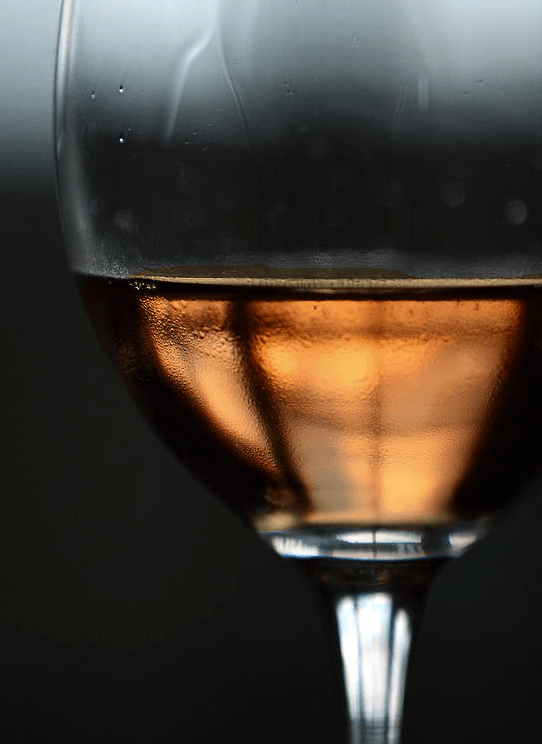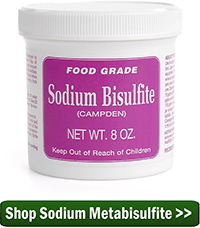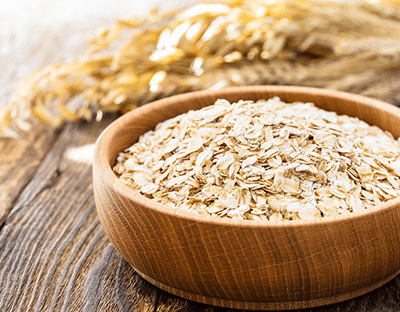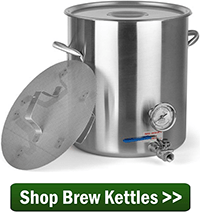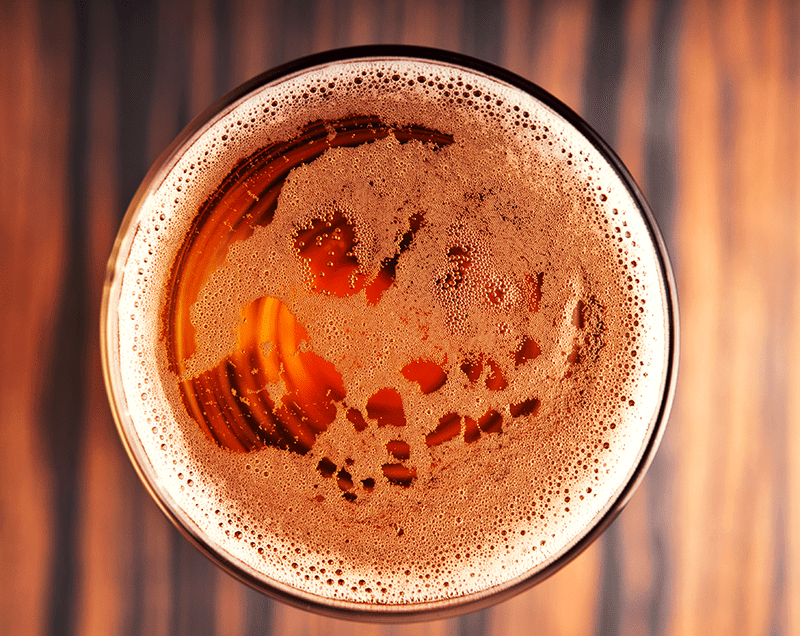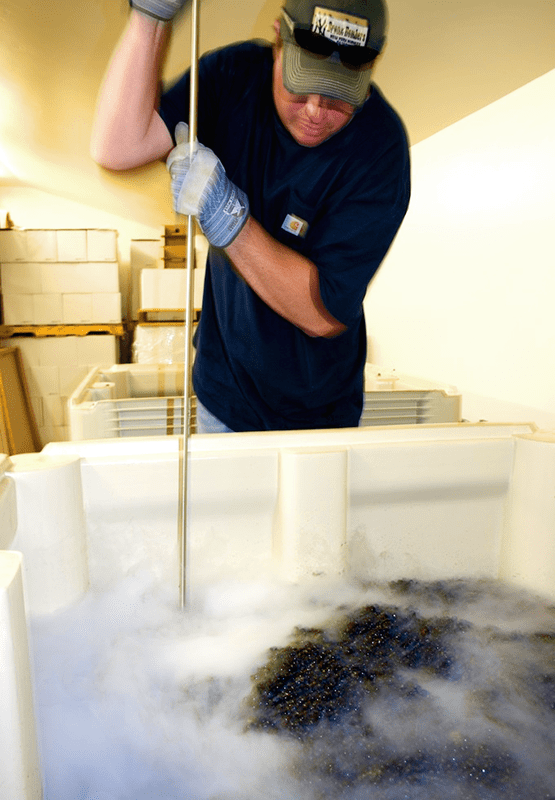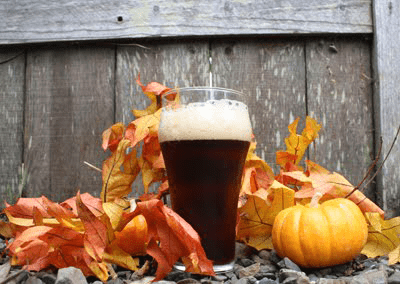 I have a question! After making a sugar-syrup, how much of it do I use to raise 5 gallons of wine? I mean how much does the S.G. [Specific Gravity, hydrometer reading] go up say per cup added? Thanks for any help.
I have a question! After making a sugar-syrup, how much of it do I use to raise 5 gallons of wine? I mean how much does the S.G. [Specific Gravity, hydrometer reading] go up say per cup added? Thanks for any help.
Name: Thomas R.
State: New York (Long Island)
—–
Hello Thomas,
Raising the specific gravity of a wine with sugar syrup is perfectly fine. It’s a great way to get the S.G. up to where you need it to be when making a fruit wine or even a grape wine the just needs a little boost.
Knowing how much sugar syrup add to the wine to get from point A to point B on a hydrometer scale would be great to know ahead of time, but to do this you need to know the specific gravity of the sugar syrup. Not a sugar syrups are the same.
You can use a wine hydrometer to determine the specific gravity of the sugar syrup you’ve made. Just put the hydrometer in a sample of the syrup, just like you would when testing your wine. If the reading goes off the scale, you can still get a reading. Just add an equal amounts of water and sugar syrup in a sample. Then take a gravity reading and times it by two.
As an example, let’s say after you added equal parts of water and sugar syrup, you get a reading of 1.150. That would mean that the sugar syrup’s “actual” S.G. is 1.300. You double the “gravity” part of your reading, because you cut the sugar syrup by half.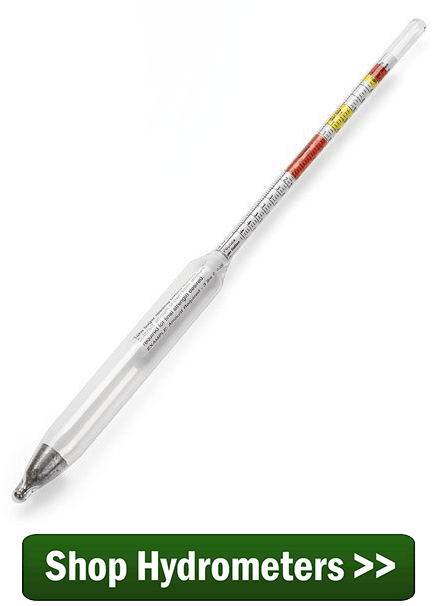
Once you know the S.G. of the sugar syrup, raising the specific gravity of your wine with sugar syrup is easy. It’s all just math.
Let’s say you want to add 6 ounce of sugar syrup that has an specific gravity of 1.300 to a gallon of wine:
A gallon of wine has 128 fluid ounces in it. You want to add 6 more fluid ounces of sugar syrup for a new total of 134 ounces. Now you need to spread the gravity of (300 times 6) over the 134 ounces (128 + 6). So it is (300 X 6) divided by 134. That equals 13.44. Let me shorten it up:
(Gravity of Syrup * Ounces of Syrup Per Gallon)/(128 + Ounces of Syrup Per Gallon) = Rise in S.G.
or
(300 * 6)/(128 + 6) = 13.44
What this means is that if you are raising the specific gravity of a wine with a sugar syrup that has a specific gravity reading of 1.300, and you add 6 fluid ounces of that syrup to each gallon of homemade wine, then the specific gravity of that homemade wine would be raised by 13.44 points on the gravity scale. For example, if the wine has a specific gravity of 1.060, the new reading would be 1.07344. You could round it to 1.073.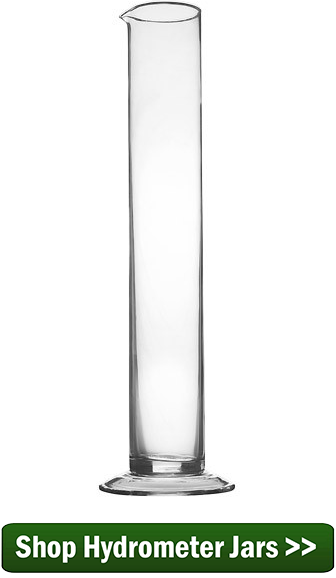
Hope this helps you out. Just plug the numbers into the equation as needed and you’ll know ahead the results with raising the specific gravity of a wine with sugar syrup.
There is also another blog post that is somewhat related to this subject that I’d thought you might be interested in: “Controlling Your Wine’s Alcohol“.
Happy Winemaking,
Ed Kraus
—–
Ed Kraus is a 3rd generation home brewer/winemaker and has been an owner of E. C. Kraus since 1999. He has been helping individuals make better wine and beer for over 25 years.

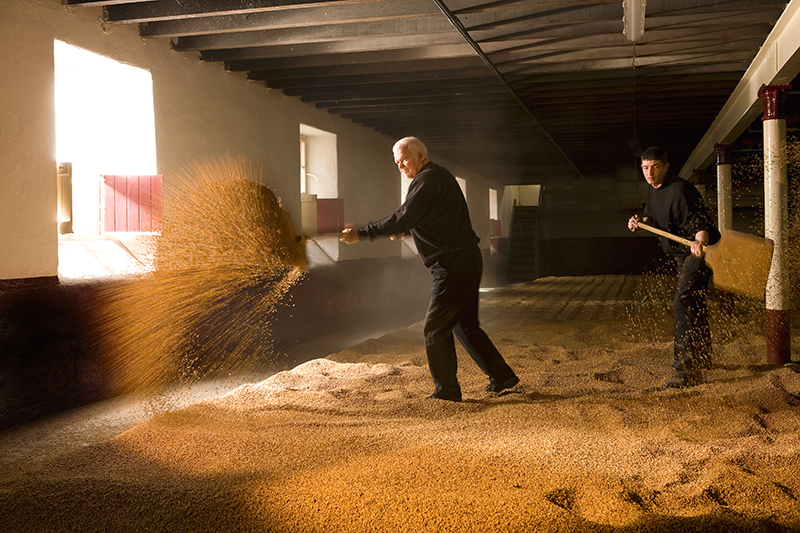
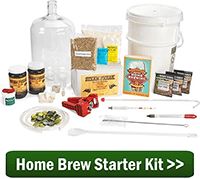
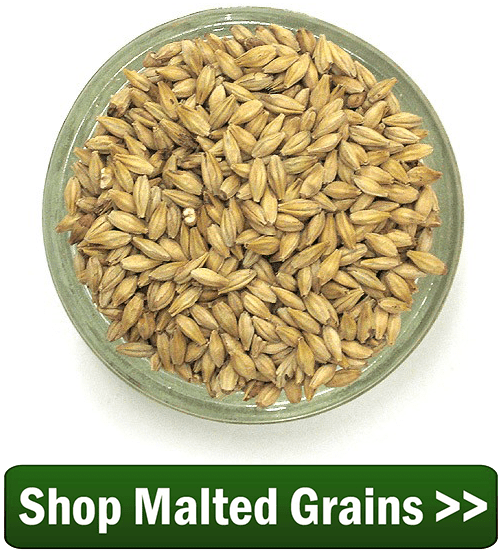

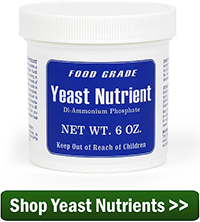

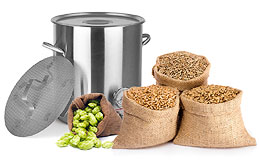 All-grain brewing is the closest thing to being a professional brewer. If you’re already brewing with
All-grain brewing is the closest thing to being a professional brewer. If you’re already brewing with 